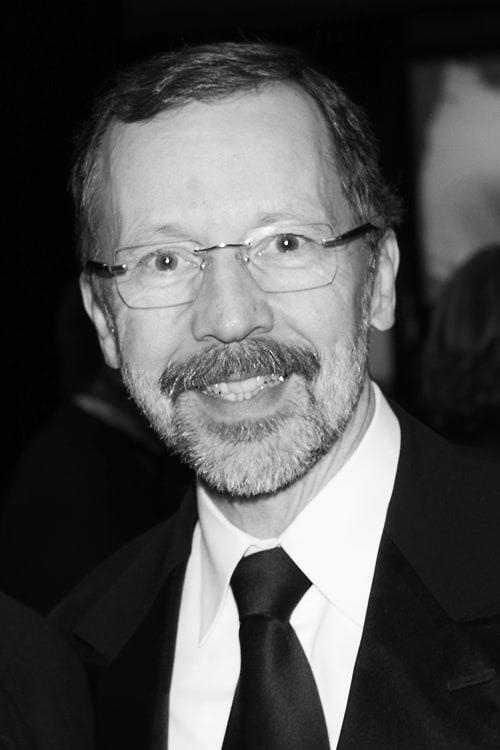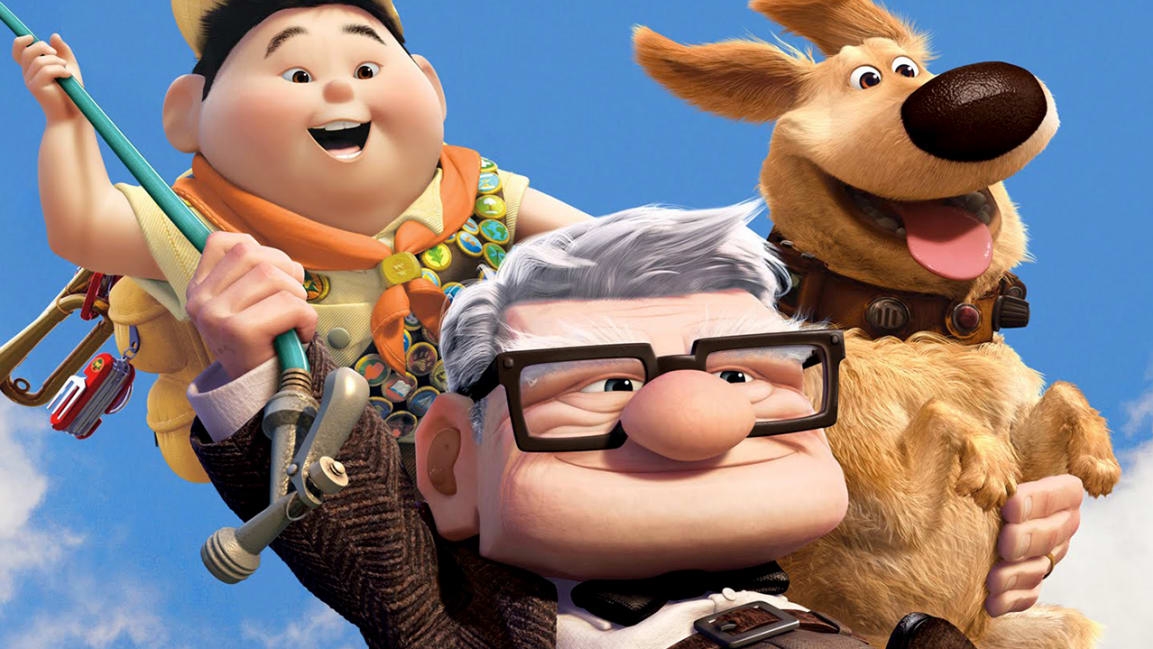It’s the end of an era at Pixar as cofounder Ed Catmull retires
The news that Pixar cofounder Ed Catmull is retiring, which Disney and Pixar announced late Tuesday, underscores the degree to which 2018 marks the true end of an era at the fabled animation company behind such hit films as Toy Story, Cars, and Inside Out.

The loss of Catmull, who at 73 will step down from his roles as president of Pixar and Walt Disney Animation Studios at the end of the year and segue to an advisory role until next summer, comes on the heels of another significant departure at the company. In June, fellow cofounder John Lasseter stepped down as creative chief of Pixar and WDA after being accused of sexual harassment. He remains at the companies as a consultant until the end of December, when his contract will be up.
Catmull’s departure is not surprising. Sources say he has been talking about retiring for years now and that if anything, the Lasseter debacle, which began last fall when Lasseter initially stepped down for a leave of absence, delayed his plans. Disney has not announced a successor for Catmull. Instead, Pixar president Jim Morris and WDA president Andrew Millstein will continue to oversee their respective studios.
A tech wunderkind who earned a doctorate in computer technology from the University of Utah and then worked for George Lucas as the head of Lucasfilm’s computer division, Catmull cofounded Pixar in 1986 with Lasseter and Steve Jobs. He and Lasseter formed a leadership yin and yang at Pixar–and later WDA, which they began overseeing when Disney purchased Pixar in 2006–with Lasseter handling creative and Catmull overseeing the business from behind the scenes. Their combined creative and technological visions helped build a company whose films are defined by their cutting-edge artistry and old-fashioned soul.
Catmull, who grew up Mormon (he’s said that he no longer practices), and is known for meditating in his office, also brought a groundedness to the company. “They made a really good synergistic team because Ed could be that voice of reason and John could be that voice of passion,” Craig Good, a camera artist who worked on several Pixar films, including Finding Nemo and Monsters, Inc., told me earlier this year. “Director Jonathan Nolan came to Pixar once and gave a little talk. He gave the best description of Batman I’ve ever heard. He said that Batman is a normal human whose superpowers are money and rage. Batman was two people. So if you leave the world of money and rage and go into the world of creativity and management, that’s John and Ed. They complemented each other in that way.”
Catmull turned his ideas about creativity and management into a book, Creativity, Inc., that he co-authored with Amy Wallace. In the book he says that he had two heroes growing up: Walt Disney and Albert Einstein. The latter, he writes, “dared to bend the implications of what we thought we knew.” Pixar sources say he frequently spouted ideas and philosophies from the book at meetings.
But some sources say that as Pixar grew beyond its mom-and-pop origins, and as it began to weather criticism for being a boy’s club and supporting misogynistic behavior, the culmination of which was the Lasseter situation, Catmull was not proactive enough about steering the company in a new direction.
“He didn’t grasp the issues with John,” says one insider. “He would seem to get it, but then he’d be in front of small groups of leaders and he’d go off on tangents about one of his philosophies. He was not addressing the problems of the day. He seemed to be more philosophical than tactical about what the studio was going through.”
But another source disagrees with this characterization, saying that Catmull organized a number of “notes days” at Pixar, where “we took a day and he made us all go in different rooms and talk about things we didn’t like about the company. There was no fear of reprisal. He was looking for ways we could improve the company. That was Ed’s doing. He was always looking for ways to improve the culture.”
Going forward, Pixar’s culture will be in new hands, or at least not the hands of its founders. The animation community, and beyond, is eager to see what that means.
(20)



